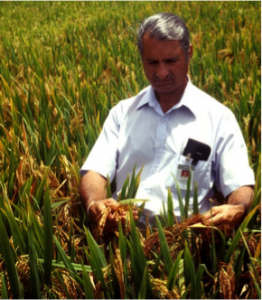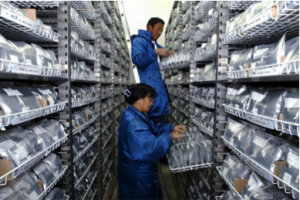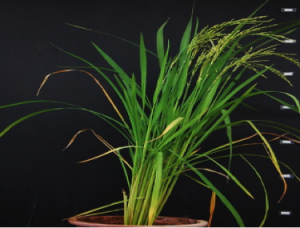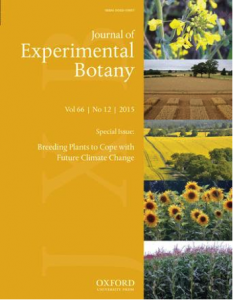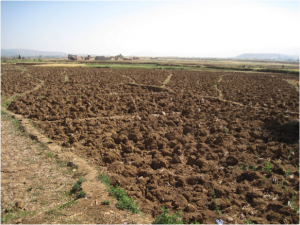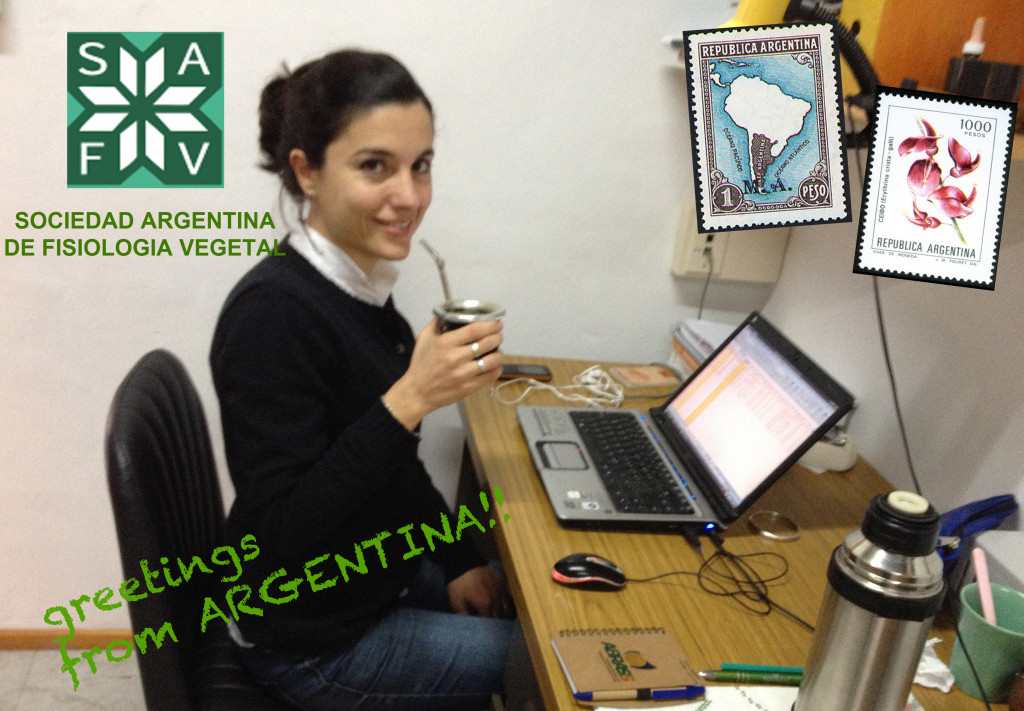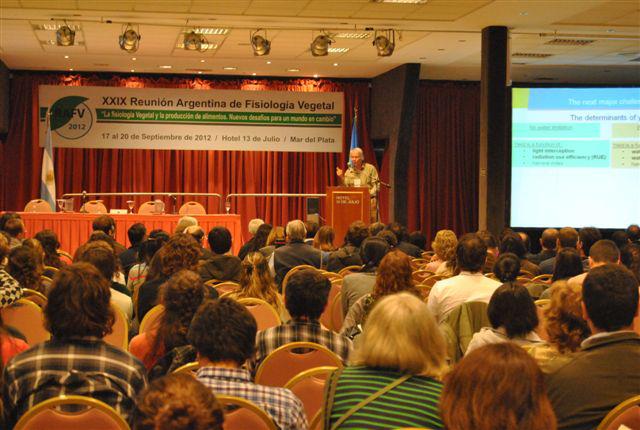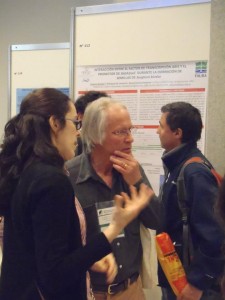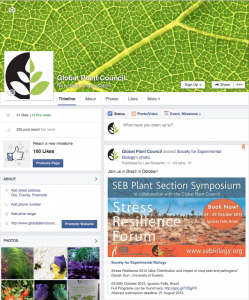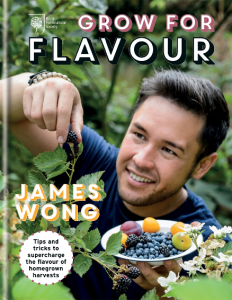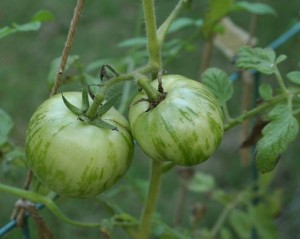Happy New Year!
Although they’ve actually been in post since our Annual General Meeting (AGM) in October 2015, I thought I’d take this opportunity to introduce you to our new(ish!) Executive Board; the elected committee of plant science experts from around who help Ruth and myself, and Bill our President, to direct and drive the GPC’s activities and initiatives.
 Barry Pogson – Chair
Barry Pogson – Chair
Aussie Barry is stepping into the (very large!) shoes of our outgoing Chair, Willi Gruissem. Barry is no stranger to the GPC, having been a GPC Member Organization representative of the Australian Society of Plant Scientists since the GPC’s inception, and being the lead on our Biofortification initiative.
In the lab, based at the Australian National University in Canberra, Barry explores the signaling pathways between chloroplasts and nuclei, particularly investigating how these can impact plants’ tolerance to drought, and carotenoid synthesis and accumulation. His work has important implications for plant biology as a whole, but also for human nutrition, particularly in the biofortification of crops as a means to reduce micronutrient deficiencies.
Barry is Chair of the Golden Rice Technical Advisory Committee and has won numerous awards for his research, teaching and supervision excellence. You can read more about Barry on the GPC website.
 Ariel Orellana – Vice Chair
Ariel Orellana – Vice Chair
Ariel replaces outgoing Vice-Chair Henry Nguyen. A Professor of Plant Biotechnology at the Universidad Andrés Bello in Santiago, Chile, Ariel has also been involved with the GPC for a number of years as a representative of Chile’s National Network of Plant Biologists, and we look forward to continuing to work with him as a key point of contact in South America.
A highly decorated scientist with many awards, titles, and attributions to his name, Ariel’s research interests are in plant cell wall polysaccharide biosynthesis in the Golgi, particularly looking at the contribution of nucleotide sugar transporters, and he also uses genomics as a tool for the marker-assisted breeding of fruit.
Read more about Ariel on the GPC website.
 Vicky Buchanan-Wollaston – Treasurer
Vicky Buchanan-Wollaston – Treasurer
Vicky joins the GPC Executive Board as our new Treasurer, taking over control of the purse-strings from Brazil’s Gustavo Habermann.
Vicky is Emeritus Professor of Plant Sciences at the University of Warwick, UK, where her research interests are focused on plant senescence, using both Arabidopsis and vegetable Brassicas to carry out functional analysis of leaf senescence-regulating genes. She is a GPC Member Organization representative for the Society for Experimental Biology, and with Professor Jim Beynon, leads the GPC’s initiative on Stress Resilience. Read more about Vicky here.
 Carl Douglas – Board Member
Carl Douglas – Board Member
Now joining us as Board Member – together with Yusuke Saijo (below) replacing former Board Members Kasem Ahmed and Zhihong Xu, Carl is also a GPC Member Organization representative for the Canadian Society of Plant Biologists (CSPB). He works at the University of British Columbia in Vancouver, where he is a Professor in the Department of Botany. He leads research exploring plant cell wall biosynthesis, and is an expert in tree genomics.
A highly cited and well published author, Carl is also a former President of the CSPB, a Corresponding Member of the American Society of Plant Biologists, and a Fellow of the American Association for the Advancement of Science. You can find out a bit more about Carl here.
 Yusuke Saijo – Board Member
Yusuke Saijo – Board Member
As well as being a newly elected GPC Board Member, Yusuke Saijo is also new to the GPC, replacing his predecessor Takashi Ueda as the Member Organization representative for the Japanese Society of Plant Physiologists.
His lab work at the Nara Institute of Science and Technology in Japan is focused on understanding plant–microbe interactions, particularly plants’ ability to sense danger, undergo transcriptional reprogramming and priming, and the control of plant immunity under fluctuating environmental conditions.
Read more about Yusuke on our website.
Thank you
Huge thanks to our outgoing Board Members – Wilhelm Gruissem, Henry Nguyen, Gustavo Habermann, Kasem Ahmed and Zhihong Xu – for all their hard work and support during their terms.
And don’t forget…
The members of the GPC’s Executive Board are an elected subset of the Council’s representatives from professional plant, crop, environmental and agricultural societies from all over the world. But, if you are a member of one of our Member Organizations, you’re also a part of the GPC community! We encourage you to get in touch with your GPC representative, especially if you would like to get involved with our activities, or if you have any ideas as to how we can help filter the GPC’s news and information down from the Council to your society’s individual members.
You can find a full list of our member societies, their reps, and their contact details here.
Finally, if your society or professional association is not already a member of the GPC and would like to be, we’d love to hear from you! Please contact us at info@globalplantcouncil.org.


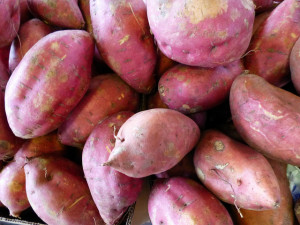

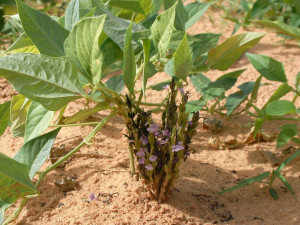
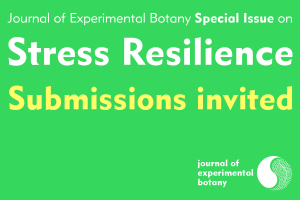
 ob is to find answers to big questions, then communicate them clearly to the public they serve. His current big problem is trying to understand why many crop plants are only able to use 2% of the sun’s energy to grow and what we might be able to do to improve that percentage. He investigates this problem using a combination of physiological measurements and modeling both in the lab and in the field. To improve science communication, Berkley founded the
ob is to find answers to big questions, then communicate them clearly to the public they serve. His current big problem is trying to understand why many crop plants are only able to use 2% of the sun’s energy to grow and what we might be able to do to improve that percentage. He investigates this problem using a combination of physiological measurements and modeling both in the lab and in the field. To improve science communication, Berkley founded the 